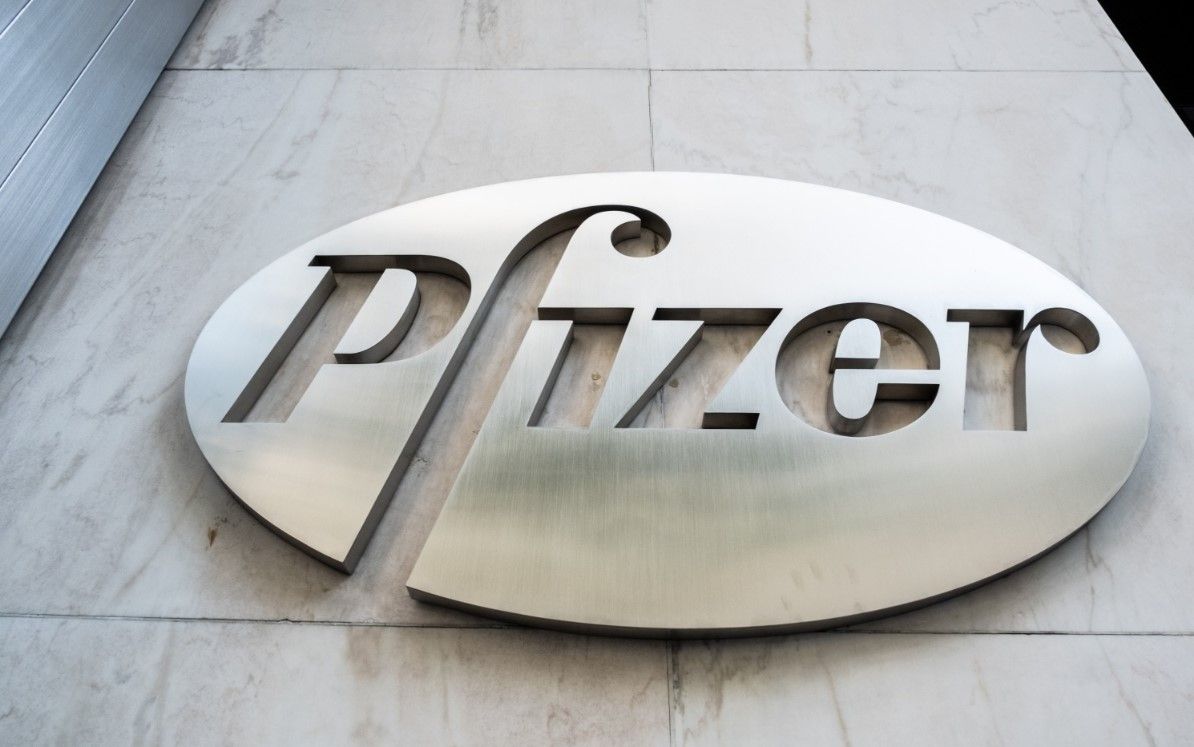FXOpen

Pfizer, a global pharmaceutical giant, is no stranger to reaction to public sentiment or government policy. It is therefore of great interest to delve into the intriguing journey of Pfizer's share price, from its meteoric rise in 2020 and 2021 due to the government policy on lockdowns and injection mandates to its recent fluctuations amid renewed vaccine debates and booster shot campaigns. We will also explore the factors that may influence its future trajectory.
The 2020-2021 Surge
Pfizer's share price experienced an unprecedented surge throughout 2021. The rapid development and distribution of its product, developed in collaboration with BioNTech, propelled the company into the global spotlight. Widespread adoption, in some cases mandated by state governments, led to a surge in demand for Pfizer's shares.
However, the vaccine landscape has shifted over time, and Pfizer's stock has experienced significant volatility since its peak. It's essential to analyse the recent trends to understand the potential future directions of the share price.
The 2023 Share Price Fluctuations
The year 2023 has brought a different dynamic to Pfizer's stock price. Despite the media's extensive efforts in July to promote booster shots and first-time injections via various campaigns, the share price remained relatively flat during July and August.
For instance, in August, a modest uptick occurred, with Pfizer's share price rising from $35.39 on August 15 to $37.01 by August 21. However, this upward movement was short-lived, as the share price reverted to $35.38 by the end of August. This rollercoaster ride reflects the uncertainty surrounding vaccine policies and public sentiment.
This suggests that the once-strong correlation between such news and Pfizer's stock price may be weakening.
Vaccine Hesitancy and Policy Dynamics
One intriguing aspect that could explain the recent fluctuations in Pfizer's share price is the growing hesitancy to adhere to such proposed policy or willingness to take these drugs observed in some populations. While governments in Western countries are actively promoting booster shots and vaccine campaigns, not everyone is on board. In some regions, the return of mask mandates and discussions about additional vaccinations has sparked resistance.
The comments sections under articles in some mainstream newspapers about boosters and masks published in July and August reveal that entire populations remain sceptical about vaccine policies. This hesitancy may be contributing to the relatively flat share prices, as the market may believe that the peak demand for Pfizer's product has passed, and public willingness to comply with booster shots is waning.
Policy Matters
The future direction of Pfizer's share price is closely tied to policy decisions. In the United States, a significant market for pharmaceutical products, there may be more adherence to booster shot campaigns. However, even in the U.S. the dynamic is notably different from the previous surges in share prices during 2021 and 2022.
Conclusion
Pfizer's share price journey has been marked by extreme highs and lows, largely driven by the evolving narrative surrounding vaccines. While 2021 saw a skyrocketing share price closely linked to vaccine developments and lockdown policies, 2023 presents a different picture.
Vaccine hesitancy, shifting policies, and a sense of vaccine fatigue among the public are all factors contributing to the subdued share price performance. The future direction of Pfizer's share price remains uncertain and highly dependent on the trajectory, public sentiment, and government policies. Investors will be closely watching for signs of stability or further turbulence in the months to come.
Buy and sell stocks of the world's biggest publicly-listed companies with CFDs on FXOpen’s trading platform. Open your FXOpen account now or learn more about trading share CFDs with FXOpen.
This article represents the opinion of the Companies operating under the FXOpen brand only. It is not to be construed as an offer, solicitation, or recommendation with respect to products and services provided by the Companies operating under the FXOpen brand, nor is it to be considered financial advice.
Stay ahead of the market!
Subscribe now to our mailing list and receive the latest market news and insights delivered directly to your inbox.








